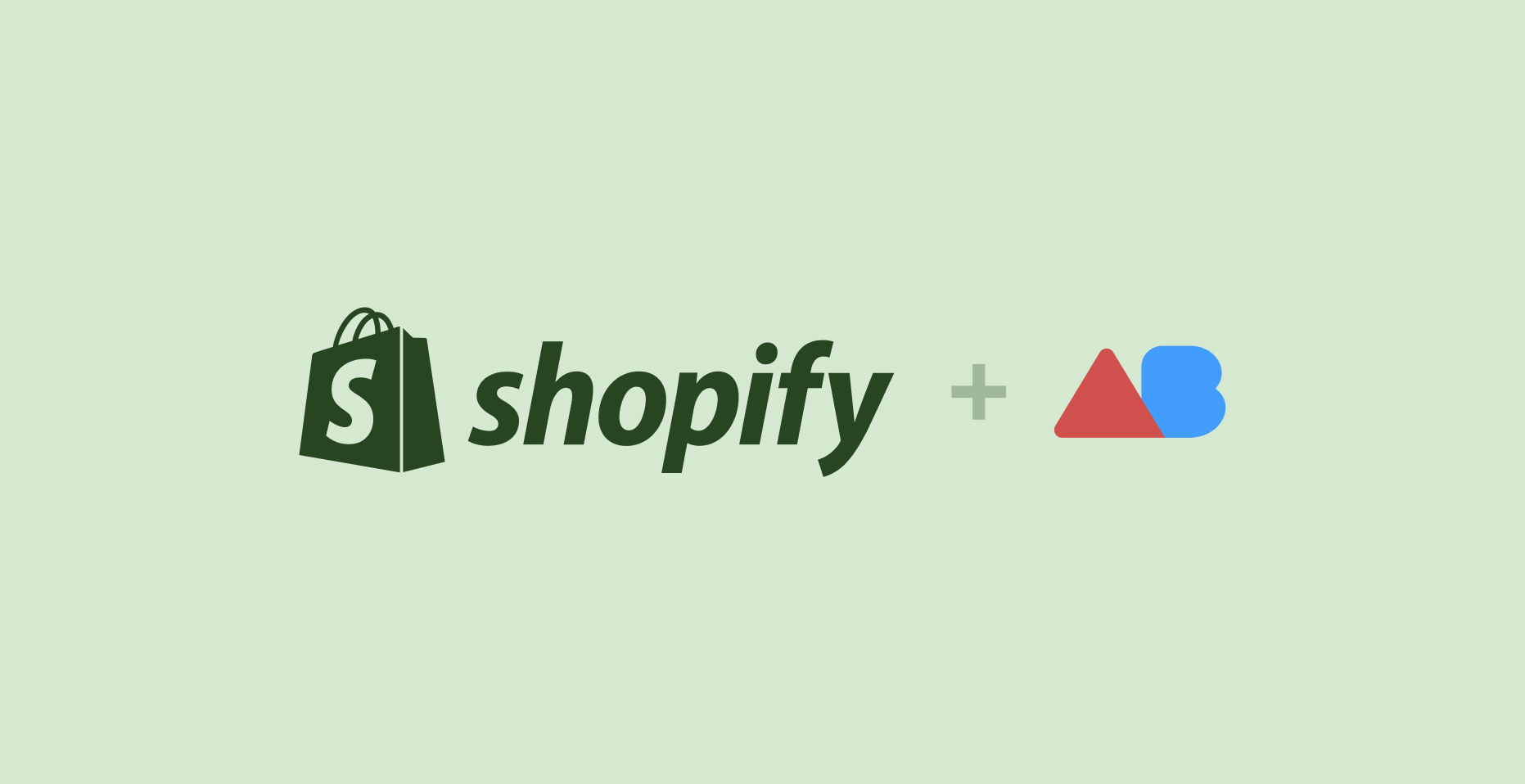If you are here, it means that you have outsmarted 99,7% of all business around the world.
Verified Market Research says that one of the main factors of this reality relies on the fact that businesses find it too difficult or time-consuming.
I’m here to prove them wrong. Optimizing your conversion rate can be super easy, if you use the right tools.
What is A/B testing?
As an e-commerce owner, one of your main goals should be to optimize conversions on your website. It’s simple: more conversions = more sales.
Imagine spending hundreds or thousands of dollars on Ads campaigns and SEO, just to send people to a landing page that doesn't convert.
Even though there are plenty of tips and tricks you can focus on to optimize your conversions, landing page A/B testing has proven to be one of the best.
A/B testing is a type of experiment that can be used in many different situations, but in the case of landing pages, it happens when you create two variations of the same page and you split the traffic to see which of them converts the most.
This is an awesome practice to find out which changes (titles, copies, images, colors…) make your audience interact more.
But it is not all rosy in the garden. As I said earlier, the main downside in traditional A/B testing is that it can take a lot of time and knowledge to nail it.
That’s why ABtesting.ai (the tool we are using today) was invented. To make this process as easy as possible.
With it, you can literally have a test running in your shopify store in less than 10 minutes.
Let’s go step by step, so I can show you how to use this tool to its max potential.
Step 1: Insert URL
The first step is to put the URL of your website in the following form:
This will start a wizard that will guide you through the process of setting up your first A/B test on Shopify.
Step 2: Choose Variations
This is where things get good.
ABtesting.ai uses Artificial Intelligence to make this process super easy, so, once you click on Start A/B testing, the tool will go to your site and will fetch all the elements that will have the greatest impact on your conversion rate if tested: Headline, Copy, CTA and Image.
Once on the step of Choosing the variations to test, you’ll see these bad boys:
Those are GPT-3 text suggestions. GPT-3 is the most powerful artificial intelligence for understanding and creating human-like content.
When your page is fetched, GPT-3 scans its content, understands it and phrases some text suggestions you can try.
This is an awesome tool to spark your creativity, avoiding you getting stuck on copywriting.
As I said, the tool automatically fetches the main elements on your screen, but on the top right corner, there is a button called “Fetch More Elements” which you can use to manually fetch all the other elements on your landing page you feel like testing.
Once you finish defining all the elements you want to test, you click on “Next”.
Step 3: Choose Conversion Goal
This is super important, because without telling the tool which action will be considered a conversion, it’ll be impossible for it to define how variants are performing.
The tool analyzes your entire website to find the conversion event and automatically fetch it for you, but in the case of an e-commerce, I recommend using the “Target URL” option, and pasting your “Thank you page” URL there. This way, you’ll be able to track the purchase as the conversion event.
Step 4: Integrate
This step is the one that frightens people the most, because they see a bunch of code they don’t understand and start to panic.
But in reality, it’s super simple, and ABtesting.ai makes it even simpler by offering you a step by step on how you can implement it on your Shopify store. For that, you just have to select the Shopify tab, and follow the step by step.
Let’s do it together:
- On the right side of your admin page, click on Online Store and then go to Themes.
- Open the menu in Actions and click on Edit Code.
- Search for header, and at the top of the header.liquid file, paste the JavaScript code.
- Then click Save.
Then, you go back to your experiment and click on Verify.
Done!
It wasn’t that horrible, was it?
Having integrated the snippet will allow the tool to actually run the experiment and measure results.
Once verified, you will get to the Overview:
Once there, it means the test is successfully running. Congrats!
The tool has automatically created five combinations of the elements you choose to test before, and will run them against each other (and the original), to see which of them converts the most.
You don’t need to worry about designing or programming anything. ABtesting.ai has it covered ;)
Also, with ABtesting.ai you get rid of another important problem that traditional A/B testing faces: Losing conversions while testing thanks to an underperforming variant.
Traditional A/B testing only allows you to determine a fixed amount of traffic to each variant (if there are five, 20% of the traffic goes to each one of them).
ABtesting.ai uses something called Multi-armed Bandit approach, which means that the AI is capable of quickly understanding which variations are working better than the rest, and will drive more traffic to them, to compensate for the underperformers. This way, you won’t lose conversions while testing, and also your tests may take less time to complete.
Once a test reaches statistical significance, it’ll end.
With traditional A/B testing, this means that, if you want to do a new test, you’ll have to start all over again: defining what to test, copywriting, dividing traffic, measuring, etc.
ABtesting.ai uses Evolutionary Algorithm to learn from the results of the first experiment and, based on that, start a new test automatically, with new, better-performing combinations of the existing elements, to test against the winner of the previous experiment. This way it will end up finding the best combination possible. The one that gets the most conversions of them all.

